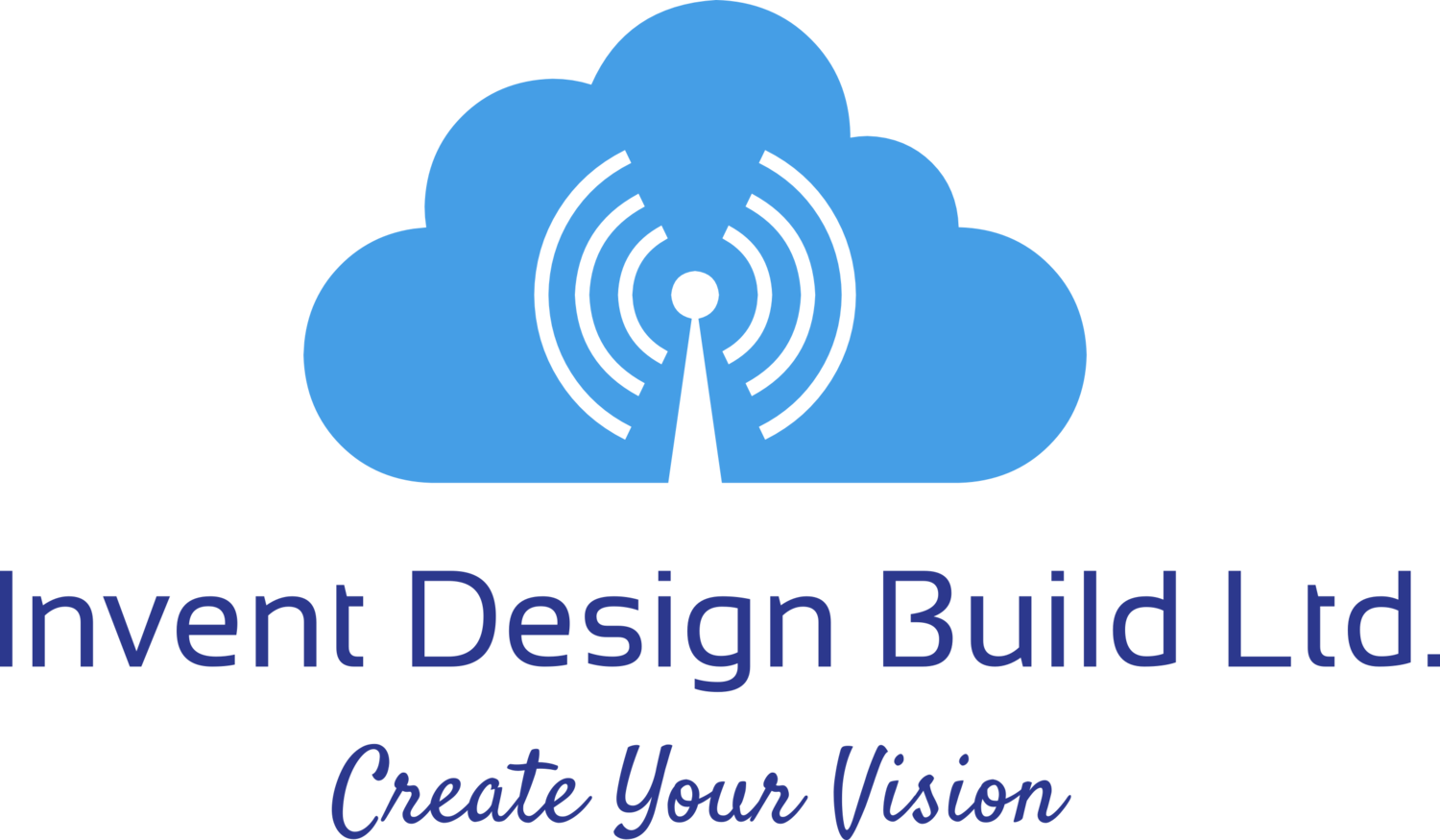New Product Development in the Digital Age: Selecting New Products
The start of the New Product Development journey is a critical time and selecting the idea that will serve your business best is a key decision. Most organisations are working with scarce resources and speed to market is of upmost importance.
We are going to look at how to solve this problem from two key perspectives, the first being from the view of:
Entrepreneurs
The initial questions entrepreneurs are often considering when starting out with a new product or venture are:
How do I know my idea is going to be of value?
Is it investable?
What investment is required and how/where can we get the investment I need?
What do we really need to do in order to get it to market?
Who is the competition and what are the alternatives our customers have?
Inventive entrepreneurs in emerging markets can innovate in resource-constrained settings and create frugal solutions that deliver more value to customers at lower cost. Frugal innovation or frugal engineering is the process of reducing the complexity and cost of a goods and its production. Usually this refers to removing nonessential features from a durable good, such as a car or phone, in order to sell it in developing countries. At IDB we try to recommend the frugal mindset, only include essentials in the first product launch and seek out the simplest concepts.
Another important factor to consider for an entrepreneur is whether the product qualifies as a Minimum Viable Product (MVP). A central tenet of lean methodology, MVP development follows a build-measure-learn process; the goal is to provide immediate value quickly while minimising development costs and using data through feedback from users to learn what they want and need. The lean start-up MVP method helps you to release a product that can be continually improved as you validate (or invalidate) assumptions, learn what users want, and build future iterations of your product that better serve your customers. Digital product enables this build-measure-learn process to be faster, with real time feedback on how customers are using products.
A much simpler piece of advice for entrepreneurs which may seem obvious but is valuable nonetheless, is to spend time mapping out a business model and cash flow. A trap that entrepreneurs can fall into is to try and race through the New Product Development process with a full feature list combining all their ideas into their first product launch. In order to get a product to market as quickly as possible, rather than doing everything in the first 12 months, it is far more beneficial to instead plan a realistic and achievable timeline with a phased introduction of a portfolio of products based on incremental improvement, matching this to sales revenue and cash flow.
Manufacturers
Manufacturers are facing slightly different challenges when selecting new products.
Which projects should we work on?
How do we work on the idea whilst maintaining the existing products?
Is our existing product architecture suitable for future digital products and changing customer expectations?
Manufacturers faced with choosing new product projects face the strong possibility of rigid rules being in place within their organisation and existing product portfolio management practices. They often use scoring models with financial criteria, and risk assessment becomes a large priority within the choice of a new product and guiding managers decision making. A simple but hugely beneficial method when selecting new product development projects is to consider what is ‘new’?
Do we need to learn and apply new technologies?
Do we need to develop new manufacturing processes?
Are new partners required for development or within the supply chain?
Will we enter a new market or geographical area requiring a new sales or distribution?
What new skills and capabilities are required in our organisation?
Is the product capable of disrupting our existing business models?
Within their portfolio manufacturers will no doubt have projects that require one or two new items and most likely strategic projects that are capable of market and business disruption. For these disruptive projects then setting up an innovation team; a small, separate team which operates like an entrepreneur for speed to market that is not bound or constrained by the existing business can help those riskier / more innovative projects gain traction and the development of new technologies / skills and capabilities.
Overall, when selecting and starting a new product development to commence there is no silver bullet solution. What is true is that working on the right things, being open to innovation and learning fast from your customers are vital parts of successful new product development.



